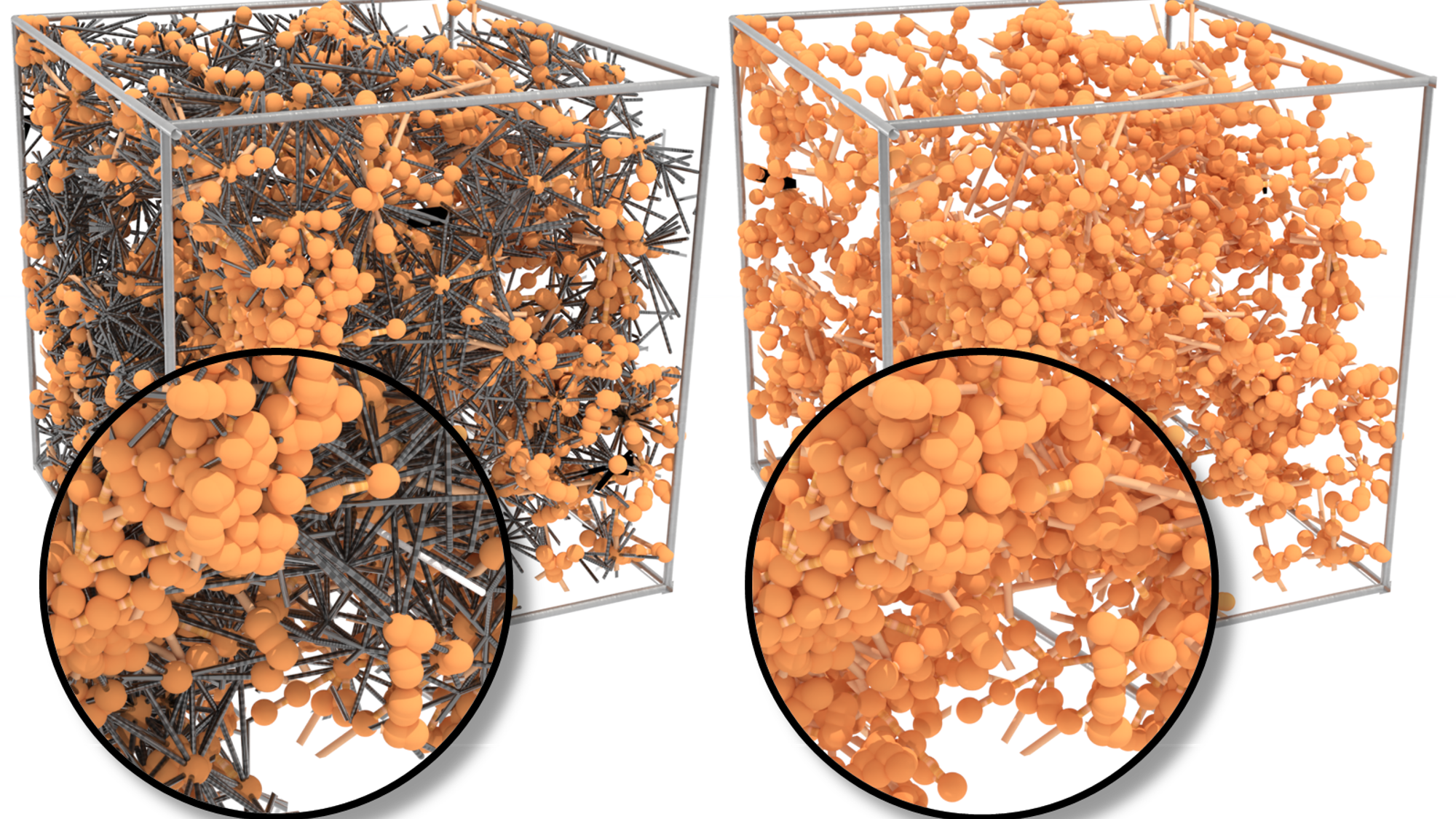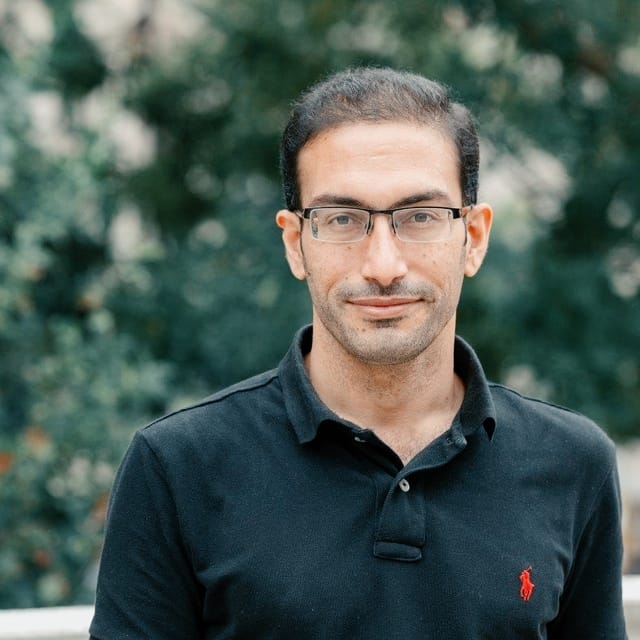Welcome!
Thanks for stopping by my website.
I’m a Senior Postdoctoral Researcher in the Department of Earth Science and Engineering at Imperial College London, focusing on computational methods for earth sciences.
With over ten years of experience in modeling and simulating multiphase flow in porous media at both pore and continuum scales. My research addresses the challenges of multiphase flow in porous materials, which are critical for applications such as electrochemical devices, hydrogen storage, geothermal energy, CCS, groundwater management, preserving natural construction materials, and advancing process design.
As the energy landscape transitions from fossil fuels to renewables, my expertise in pore-scale phenomena is critical in supporting this shift. The intermittent nature of renewable energy sources and fluctuations in energy demand necessitate efficient integration to maintain grid stability. This requires advanced systems for energy storage and conversion. These processes rely heavily on electrochemical devices such as batteries, fuel cells, and electrolyzers.
Porous materials are fundamental to these devices, offering extensive surface areas for critical reactions. Understanding the physics within these complex porous structures is essential for optimizing their design and performance in energy storage and conversion systems. My work focuses on addressing this need, ensuring that these materials are effectively leveraged to meet the demands of a renewable energy future.
Background and Future Research Direction

Heterogeneous rocks exhibit a wide variation in pore sizes, ranging from less than 0.1 microns to over 100 microns. Due to this diversity, capturing the entire pore space using micro-CT imaging techniques is challenging. However, the application of differential imaging enables the quantification of sub-resolution porosity and the generation of detailed porosity maps. In our recent paper, titled “Incorporation of Sub-Resolution Porosity Into Two-Phase Flow Models With a Multiscale Pore Network for Complex Microporous Rocks,” I have developed a comprehensive workflow to integrate this sub-resolution porosity into multiscale pore network models. This methodology significantly enhances the accuracy of our models by accounting for the finer, unresolved details of the pore structure. The resulting 3D image-based, multi-scale pore network model has undergone rigorous validation and has proven effective in simulating drainage and imbibition processes in complex and heterogeneous rock formations.
My future research direction will focus on testing this multiscale pore network model for applications in porous materials, with a particular emphasis on electrochemical devices and energy conversion and storage systems. The goal of this testing is to deepen our understanding of how pore-scale physics and porous material structure influence the performance and optimization of these devices, ultimately advancing their design and efficiency. This work leverages advanced physics-based models originally developed for multiphase flow in underground porous media to enhance the understanding and optimization of electrochemical devices performance from the perspective of porous materials—an important yet often overlooked aspect in this field.
As a testament to the significance of this tool, my project Decoding the Physics Behind Termite Nests: Toward the Biomimetic Architectural Design of Smart Ventilation Systems received funding from the Dame Julia Higgins Fund. Through this work, I am applying these tools to termite nests to investigate the multiscale multiphysics at play within these remarkable porous structures. This research delves into the intricate world of multiscale multiphysics pore networks, underscoring their potential to revolutionize sustainable architectural design and inspire innovative, nature-driven solutions for smart ventilation systems.
Apart from my research, I am in charge of the pore-scale modelling webpage and also the porescale GitHub repository, which include all repositories developed in our group.
